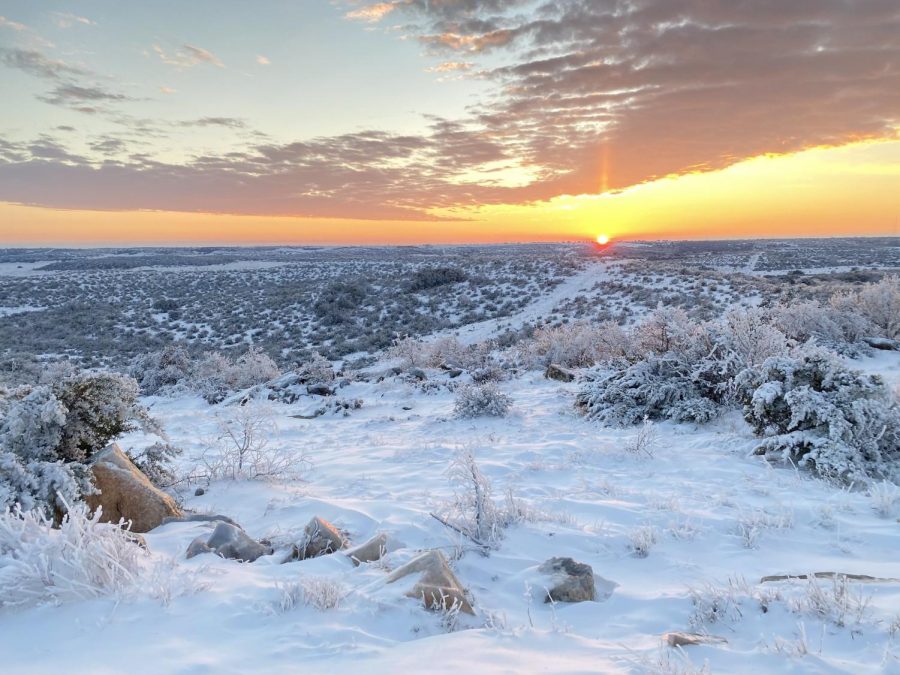Fatal snowstorm leaves Texas region in deep freeze
Photo courtesy of Jonathan Cutrer (CC BY-NC 2.0)
At least 21 people were killed in a fast-paced snowstorm that swept across the southern U.S., hitting Texas hardest.
March 3, 2021
A huge snowstorm swept across the southern United States on Feb. 13 and lasted until Feb. 17, leaving Texas to cope with the fatal effects. The southern snowstorm has been the cause of at least 21 deaths across the region. Deaths attributed to the storm have been recorded in Texas, Louisiana, Kentucky, North Carolina and Missouri, including people who have died in traffic accidents and some who suffered carbon monoxide poisoning from running cars and generators to stay warm in the intense freeze. Widespread blackouts were also reported due to an overwhelming surge in demand. Millions of people were left without power for weeks.
The typically warm state of Texas, is not used to experiencing such low temperatures and harsh conditions. Homes in Texas are not usually properly insulated for cold weather. This means indoor temperatures in many homes quickly dropped to freezing after heating systems overloaded and failed. Many pipes froze over and burst, despite attempts by homeowners to insulate them from the cold using blankets.The people of Texas struggled to cope with the effects of the snowstorm.
“I’m in Houston, Texas freezing to death,” Twitter user Chris Prince, wrote on Feb. 17.. “No power, no heat, no water. I have four young children. How is this happening right now?”
Due to the storm, COVID-19 vaccination centers were also forced to shut down for several days, hindering vaccine deliveries for multiple states in the U.S. Some centers decided to rush vaccinations and use up as many as possible before having to close, so that they would not go to waste.
Many climate change activists and policy proponents pointed to the storm as an ugly reminder of the fatal realities of environmental disaster. According to a Feb. 27 article in U.K. newspaper the Guardian, the deep freeze across the southern U.S. can be attributed to heating in the Arctic happening at a rate more than twice the global average. This interference, researchers say, occurs through changes to the jet stream, a band of strong winds that wraps around the globe at lower elevations than the polar vortex. Scientists presume that the warming of the Arctic is causing the jet stream to shift.
Photo credit: “Texas Winter Storm Sunset” by Jonathan Cutrer (CC BY-NC 2.0)


